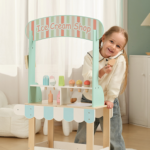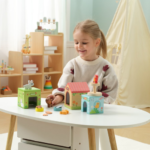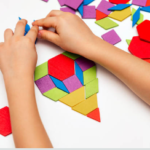Have you ever watched your little one’s face light up while pushing or pulling a toy? Those moments of pure joy are not just fun—they’re crucial for your child’s development! Can a humble toy really spark the flames of learning and adventure? These moments make you wonder—could playtime be the secret ingredient in a child’s success?
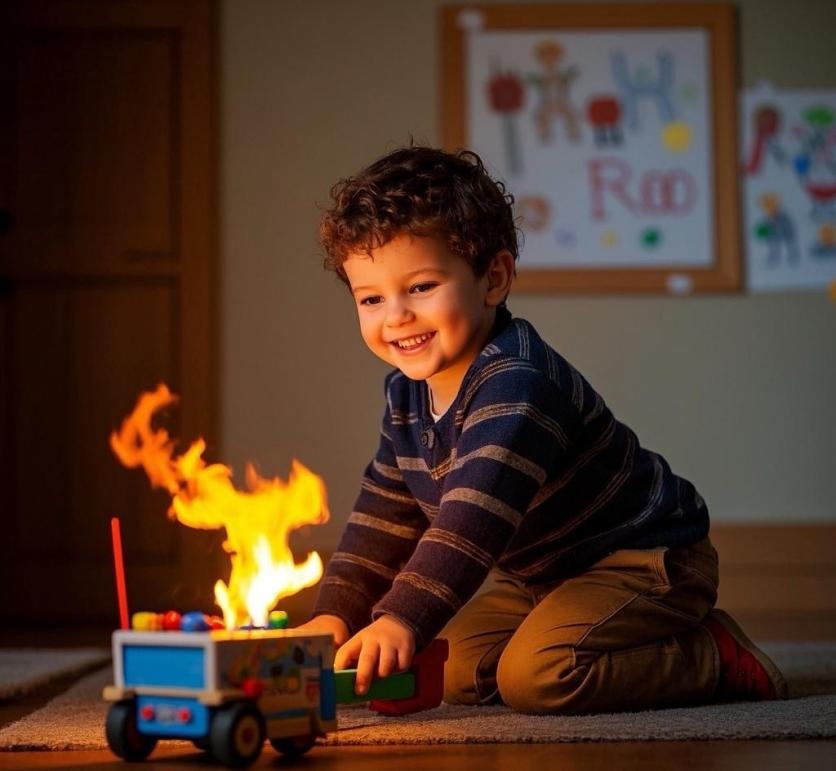
Let’s dive into it.
Push and pull toys are more than just playful distractions. They are a dynamic tool that promotes physical activity and nurtures child development. With every push and pull, children build essential motor skills and lay the foundation for cognitive development in a fun, engaging way.
How Do Push and Pull Toys Boost Motor Skills?
1. Gross Motor Skills
Push and pull toys encourage kids to move around, whether they’re pushing a cart or pulling a toy on a string. This helps develop large muscle groups used for:
- Walking and balance
- Coordination between arms and legs
- Postural control
2. Fine Motor Skills
Some push and pull toys have handles, levers, or parts that move. Using these helps with:
- Gripping and grasping
- Hand-eye coordination
- Finger strength and dexterity
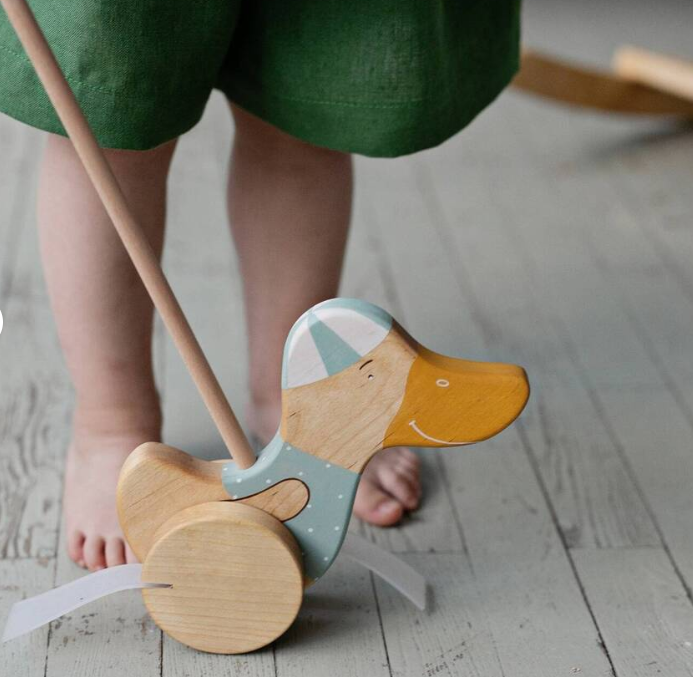
3. Spatial Awareness & Directional Understanding
By maneuvering toys around objects or turning corners, kids learn:
- Cause and effect
- Left/right directionality
- Depth perceptyion
4. Core Strength & Stability
As kids push heavy toys like wagons or pull along weighted items, they engage their core muscles, helping with:
- Balance
- Stability
- Trunk control
5. Confidence & Independence
These toys encourage independent movement, helping children:
- Build self-confidence
- Practice decision-making
- Explore their enviroment safely
It’s no secret that physical activity is crucial for a child’s growth. Every push requires effort. Every pull demands a bit of strength. These actions, though seemingly trivial, contribute significantly to a child’s physical activity levels.
In today’s digital age, encouraging physical play is more important than ever. Wooden toys offer an excellent alternative to screen time. They prompt children to move around, explore their surroundings, and engage in spontaneous play.
What’s more, the design of these toys promotes natural movements.
They are built to be lightweight yet sturdy. They glide smoothly across different surfaces, whether it’s a hardwood floor or a grassy park. This versatility means that children can use them both indoors and outdoors, ensuring they get ample physical exercise regardless of the weather.
What About Their Impact on Cognitive Development?
1. Cause and Effect Learning
When a child pushes a toy and it moves forward—or pulls it and it follows—they begin to understand:
- Their actions have consequences
- Motion and mechanics
- Basic physics concepts like speed and direction
2. Problem-Solving Skills
Navigating around obstacles or figuring out how to make a toy move in a certain direction helps kids:
- Plan and strategize
- Develop spatial reasoning
- Learn trial and error
3. Attention and Focus
Using push and pull toys keeps a child engaged:
- Enhances concentration
- Promotes task persistence
- Helps practice goal-oriented behavior (e.g., bringing a toy from point A to B)
4. Language Development
As kids play, they often describe what they’re doing or respond to prompts from caregivers:
- Builds vocabulary (e.g., “pull,” “faster,” “around”)
- Encourages verbal expression and storytelling
- Promotes following directions
5. Memory and Sequencing
Some push and pull toys involve multiple steps or patterns:
- Helps kids remember sequences
- Practice repetition and predictability
- Develop logical thinking

More Related Questions
What types of push and pull toys are best?
·I recommend toys made from high-quality, sustainably sourced wood.
·Look for designs that promote balance and easy maneuverability.
·Ensure they meet strict safety standards.
How do these toys compare with electronic alternatives?
·Wooden toys encourage active play and physical movement.
·They offer a tactile experience that screens simply can’t provide.
·Plus, they don’t require batteries or charging!
Can push and pull toys aid in social development?
·Yes, when children play together, they learn sharing and cooperation.
·Group play builds communication skills.
·It’s a natural setting for early social interactions.
Do these toys help with emotional growth?
·Absolutely.
·They foster independence and boost confidence.
·Every push or pull is a small victory.
What should I consider when selecting a wooden toy supplier?
·Quality and safety certifications are key.
·Look for a supplier with a proven track record.
·Comprehensive market analysis is a bonus, ensuring trends are met with quality offerings.
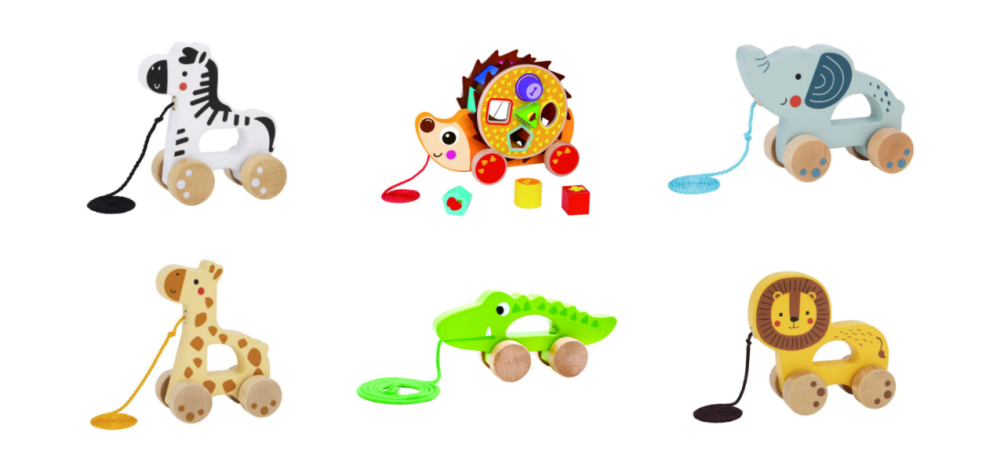
Bringing It All Together
In conclusion, push and pull toys are more than just simple wooden objects. They are catalysts for growth. They encourage physical activity, boost motor skills, and nurture cognitive development. Every push, every pull, is a step toward a brighter future for our little ones.
Conclusion
These toys transform play into learning. They are essential for physical, cognitive, and social growth. For businesses, stocking high-quality, safe wooden toys is a wise investment. Let’s celebrate the magic of simple play—one push and pull at a time.


